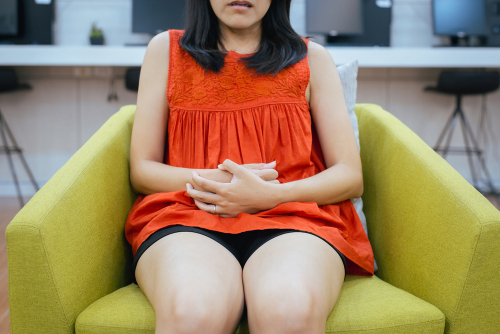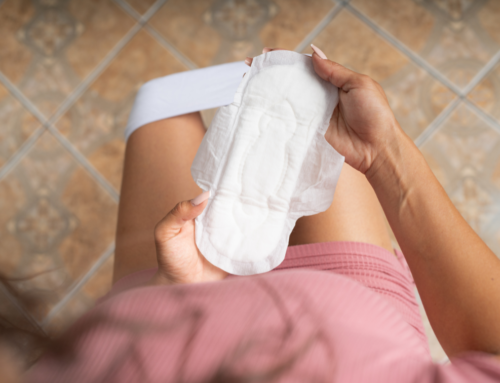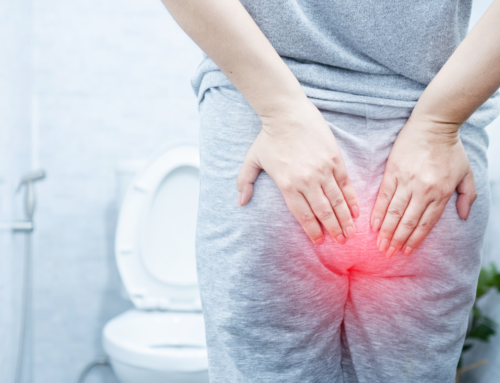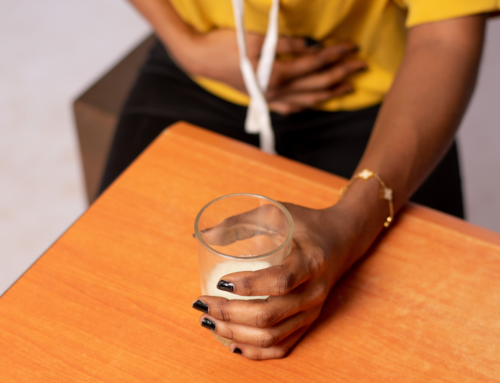Chronic pelvic pain is a hidden problem in our society. It can feel very isolating to have pelvic pain. These are areas that we are taught are private, even shameful. I’m here to talk about chronic pelvic pain, and how it evolves.
What is Chronic Pelvic Pain?
Pelvic pain is a general term for anything that hurts between the level of your belly button and your thighs. Pretty much everything in that region is connected to your pelvis in one way or another. It is a complicated area.
It’s no wonder that it can be difficult to find the problem when something feels out of sorts.
CPP is a combination of physical symptoms (pain, trouble sleeping, and loss of appetite), psychological symptoms (depression), and changes in behavior (change in relationships due to the physical and psychological problems). It is not “all in your head”!
Unfortunately, those thoughts happen all too often. Pelvic pain is a condition of isolation. Even if your collegues know you have pain, it’s not something you stand around the water cooler discussing. And people around you can unwittingly appear to be unempathetic. You are not alone.
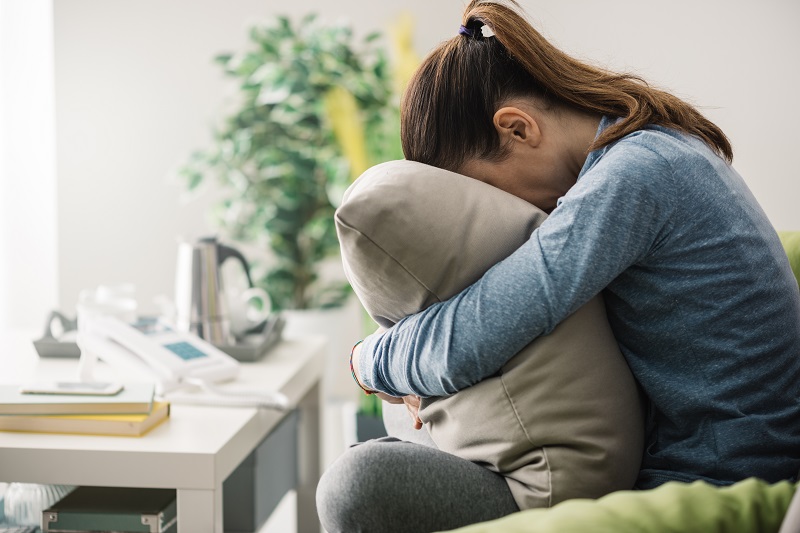
Pelvic Pain is one of the most common healthcare problems in our society. It is estimated that more than 25 million women have chronic pelvic pain. Men can also be affected, although in lesser numbers.
When someone is tolerating chronic pain they begin making adjustments. They modify the way they move; the way they sit. Many modify the clothing they wear because of their pain. Their relationships take a toll. 25% of women report they have to remain in bed for at least 2-3 days per month. Life is interrupted, to say the least.
What causes Chronic pelvic pain?
There are many variables, as to how chronic pelvic pain evolves. Many chronic pain patients have common elements to their stories.

Generally, there was something that “started it all.” An event, trauma, an infection that caused some kind of injury to tissue in or around the pelvis. Often this initial problem would cause someone to go to their healthcare provider for treatment. With the expectation that the pain should resolve within a few days to weeks.
In some cases, the pain does initially resolve. But often it does not. In any case, weeks later pain is increasing rather than resolving. In addition, now the pain may move, shift or change. New areas become painful, with no new injury. This pain is more intense than what would be expected from the initial problem.
When the pain persists (or returns) it’s back to the medical practitioner. They may add a longer course of medication, testing and/or physical therapy. But these treatments only helped a little, or not at all.
By this time, several weeks to months have gone by. With no relief in sight. Frustration and fear start to be a major contributor. Simply tolerating intense pain can be exhausting. Sleep is difficult. Sadness is common. All of this begins to affect relationships with others; as a partner, as a family member, as an employee.
And as the pain continues, you begin to move less, and less.
If someone is experiencing all of the above, for more than 6 months they could be described as having “Chronic Pelvic Pain Syndrome.”
Treating Chronic Pelvic Pain
Treatment for Chronic Pelvic Pain should address a variety of factors, including the initial injury, chronic muscle tenderness (trigger points), referral pains, and neurological changes that happen with long standing pain signals.
Results can take time. Talk with your healthcare practitioner about your treatment regime. You should be included in decisions about which strategies might work best for your situation. Make a plan and stick to it, even if you don’t think you see results at first.

It may not be possible to completely resolve your CPP pain. Learn strategies you can use to manage pain flares. Work with your healthcare provider to focus on improving your quality of life, and ability to function. Developing realistic expectations can help you identify how to find success, and get back to enjoying your life.
I treat people with Chronic Pelvic Pain. Treatment is available via telehealth and in person visits. While individual plans will vary, a comprehensive plan might include:
- Strategies to reduce muscle tension and trigger points
- Education in anatomy, pain science, and body functions to better understand what is happening and how to monitor your own condition
- Coaching for safe progression of exercise and functional activities
- Teaching you techniques for self-care and treatments at home
Together we can move mountains. Relief is Possible.
Need More Information?
Click here to schedule a consult
Or Join Our Secret Hot Pocket Society to get information sent to you by email
You can also get information from these articles
Finding Hope for people suffering from IC/PBS
Get relief from Endometriosis with Physical Therapy
Making good choices about personal lubricants


